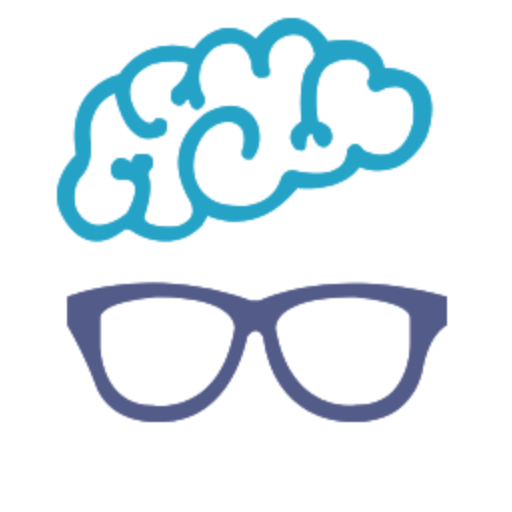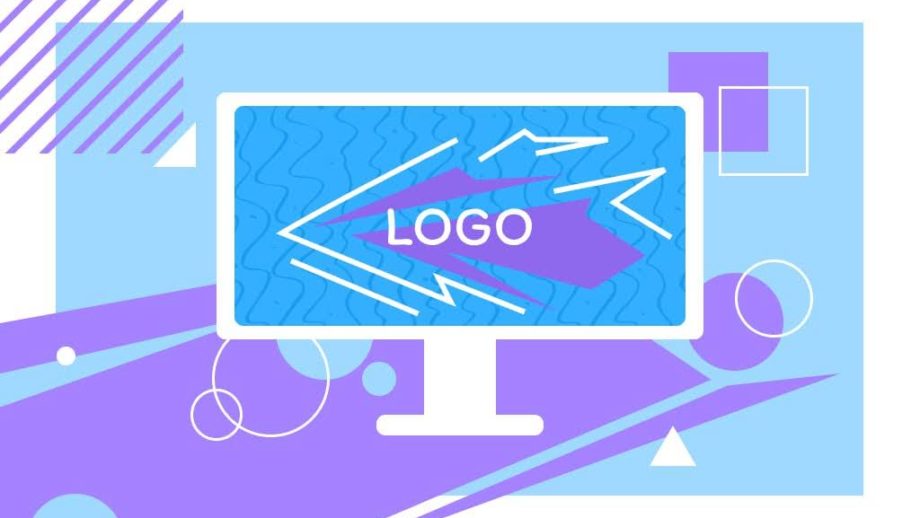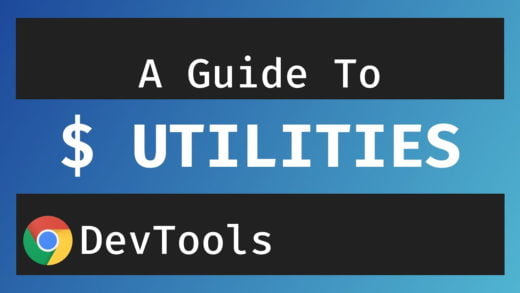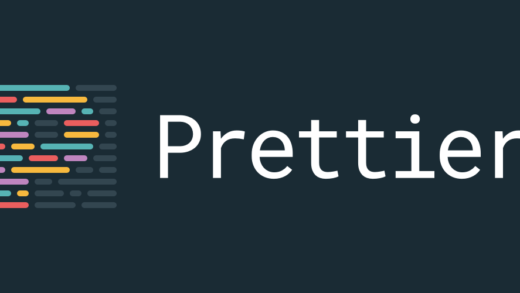A logo is more than a symbol; it’s your brand’s handshake with the world. It’s the first impression your business makes, and it needs to capture the essence of your brand while connecting with your target audience. Designing a logo that resonates means creating a visual identity that speaks directly to the people you want to reach.
This article was prepared by the specialists at Turbologo, a platform dedicated to helping businesses create logos that truly reflect their essence. With our expertise, we’ll guide you through designing a logo that not only looks great but also forms a meaningful connection with your audience.
1. Why Your Audience Should Be at the Heart of Your Logo Design
Your logo is not just about what your brand looks like—it’s about what it feels like to your audience. Using a design logo maker can help you craft a logo that reflects your brand’s values and personality while resonating with the emotions, preferences, and expectations of your target audience. Ignoring your audience during the design process can result in a logo that fails to connect, leaving your brand overlooked or misunderstood. Designing with your audience in mind ensures your logo creates a lasting impression.
2. Understanding Your Target Audience: Key Questions to Ask
Before you begin designing, it’s essential to understand who your audience is. The better you know them, the more effectively you can tailor your logo to meet their expectations.
Ask yourself:
- Who are my customers? What are their demographics?
- What problems does my product or service solve for them?
- What emotions or values do I want my brand to evoke?
The answers to these questions will guide your design decisions, ensuring they align with your audience’s preferences.
3. Defining Your Brand’s Personality and Values
A logo is a visual representation of your brand’s identity. To resonate with your audience, it must align with your core values and personality.
For example:
- A playful, vibrant logo might suit a children’s toy brand.
- A sleek, minimalist logo could work for a tech startup.
- A traditional serif font might be ideal for a law firm emphasizing trust and reliability.
Consistency between your brand’s values and your logo design builds trust and recognition.
4. Choosing Colors That Speak to Your Audience’s Emotions
Color is one of the most powerful tools in logo design. Different colors evoke different emotions and associations, so it’s essential to choose a palette that aligns with your audience’s expectations and your brand’s message.
For example:
- Blue conveys trust, professionalism, and calmness—great for tech and healthcare.
- Red evokes excitement, passion, and energy—ideal for bold, action-oriented brands.
- Green symbolizes growth, health, and sustainability—perfect for eco-friendly businesses.
Testing different color combinations can help you find the palette that resonates most with your audience.
5. Typography: Matching Fonts to Your Brand’s Tone
Typography plays a critical role in conveying your brand’s personality. The font you choose should align with your brand’s tone and be easily readable across various applications.
For instance:
- Sans-serif fonts feel modern, clean, and approachable.
- Serif fonts convey tradition, authority, and reliability.
- Script fonts add elegance, creativity, or a handcrafted feel.
Ensure your typography is legible even at smaller sizes, such as on social media icons or business cards.
6. Incorporating Symbols and Icons That Reflect Your Industry
Symbols and icons can add depth and meaning to your logo. When choosing an icon, ensure it’s relevant to your industry and aligns with your audience’s expectations.
For example:
- A gear icon might represent innovation and engineering.
- A leaf symbolizes sustainability and growth.
- Abstract shapes can convey modernity and creativity.
Keep your icons simple and scalable to ensure clarity across all formats.
7. Balancing Creativity and Clarity for Maximum Appeal
While creativity makes your logo unique, clarity ensures it’s easy to understand and remember. A great logo strikes a balance between the two, making it visually interesting while still communicating its message clearly.
Avoid overloading your design with too many elements. Instead, focus on a single strong idea that encapsulates your brand’s identity and appeals to your audience.
8. Testing Your Logo with Real People for Authentic Feedback
Once you’ve created your logo, it’s time to test it with your target audience. Feedback from real people provides valuable insights into how your logo is perceived.
Ask for input on:
- What emotions the logo evokes.
- How easy it is to understand and recognize.
- Whether it aligns with your brand’s values and industry.
Iterate based on feedback to ensure your logo truly resonates with your audience.
9. Adapting Your Logo to Different Platforms and Contexts
Your logo needs to work seamlessly across various platforms, from websites and social media to packaging and merchandise. Test your design in multiple contexts to ensure it’s versatile and impactful everywhere.
For example:
- Does the logo remain recognizable at smaller sizes?
- Does it work well on both light and dark backgrounds?
- Is it scalable for large banners or billboards?
A flexible, adaptable logo enhances your brand’s presence and recognition.
10. Conclusion: Creating a Logo That Connects and Inspires
Designing a logo that resonates with your target audience requires a deep understanding of your customers, thoughtful design choices, and a focus on emotional connection. By aligning your logo with your audience’s preferences and your brand’s values, you can create a design that not only looks great but also strengthens your brand identity.
Ready to create a logo that truly resonates? Start with a clear vision, test your ideas, and refine your design until it connects with your audience on a meaningful level. A well-designed logo is more than just a symbol—it’s the bridge between your brand and the people you serve.



















